Challenge: The aeronautical communication and navigation system has a wide frequency domain, various modulation methods, and complex measurement parameters. It is difficult to cover more application fields by using existing measurement instruments. Solution: Apply virtual instrument and software radio technology, use generalized RF hardware module for data acquisition, rely on PXI bus high-speed data throughput capability, perform software data processing on RF baseband signal, realize demodulation of various modulation modes, and Measurement of any parameter.
Software radioSoftware Defined Radio (SDR) uses digital signal processing technology to define various functions of the radio station on the general hardware platform of programmable control: including front-end reception, intermediate frequency processing, and signal baseband. Processing and so on. That is, the entire radio station is completely programmed by software from high frequency, intermediate frequency, baseband to control protocol.
The core idea is to use a wideband "digital/analog" converter as close to the antenna as possible to digitize the signal as early as possible so that the functionality of the radio is as defined and implemented as possible in software. In summary, software radio is a new wireless communication architecture based on digital signal processing (DSP) chips with software as the core.
NI PXI-5660 RF Signal AnalyzerThe NI PXI-5660 RF Signal Analyzer is a combination of virtual instrumentation and software radio technology. As shown in Figure 1, the PXI-5660 RF analysis ceremony is a combination of the PXI-5600 RF signal downconverter and the PXI-5620 digitizer. The downconverter and digitizer are general-purpose hardware that can measure a wide range of RF signals from 9kHz to 2.7GHz.
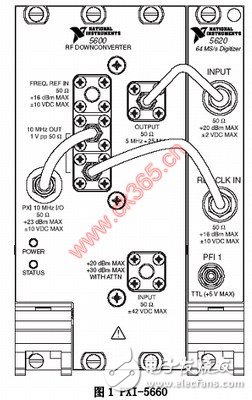
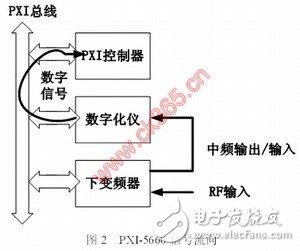
As shown in Figure 2, the RF signal is connected to the IF signal converted to 5M-15MHz and output to the digitizer. The digital signal is transmitted to the computer via the PXI bus. After that, the signal solution and RF parameter analysis are all converted to digital signals. The work of the processing category is done by software. NI offers a modular software toolkit that allows users to easily develop software from the bottom to the top. As shown in Figure 3.
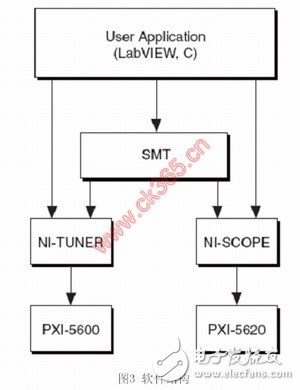
The airborne short-range radio navigation system consists of an airborne device and a ground station that form a polar coordinate navigation system. The system operates in the L-band (962M-1213MHz). The navigation signal transmitted by the ground station is formed by amplitude modulation of the ultra-high frequency carrier by the 15Hz and 135Hz sinusoidal composite signals, and then pulse modulation. The orientation information is the phase difference between the 15 Hz and 135 Hz signals and the reference pulse.
For the measurement of the navigation signal, in the signal acquisition phase, first set the parameters such as the center frequency of the downconverter with the carrier frequency, and then perform the intermediate frequency digitization; in the signal analysis phase, the signal envelope is first extracted, and then the phase calculation is performed in the time domain. As shown in Figure 4 and Figure 5.
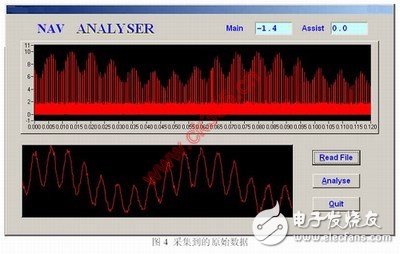
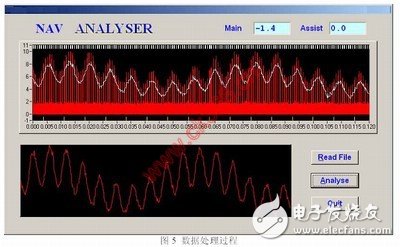
The aeronautical radio field has a very wide frequency band (10KHz-9400MHz) and various signal modulation methods. The current practice is that different systems use different test equipment and are less common to each other. The concept of application software radio, with generalized hardware and open software environment, can provide a universal wireless platform for research and development, reduce development costs and cycles; reduce investment risks and improve economic efficiency; provide a universal terminal for end users. Equipment platform.
Flat Wire Common Mode Inductors
Flat Wire Common Mode Inductors,Vertical Low Profile Common Mode Inductors,Horizontal Flat Wire High Current Inductor,Flat Copper Wire Common Mode Inductors
Shenzhen Sichuangge Magneto-electric Co. , Ltd , https://www.scginductor.com